
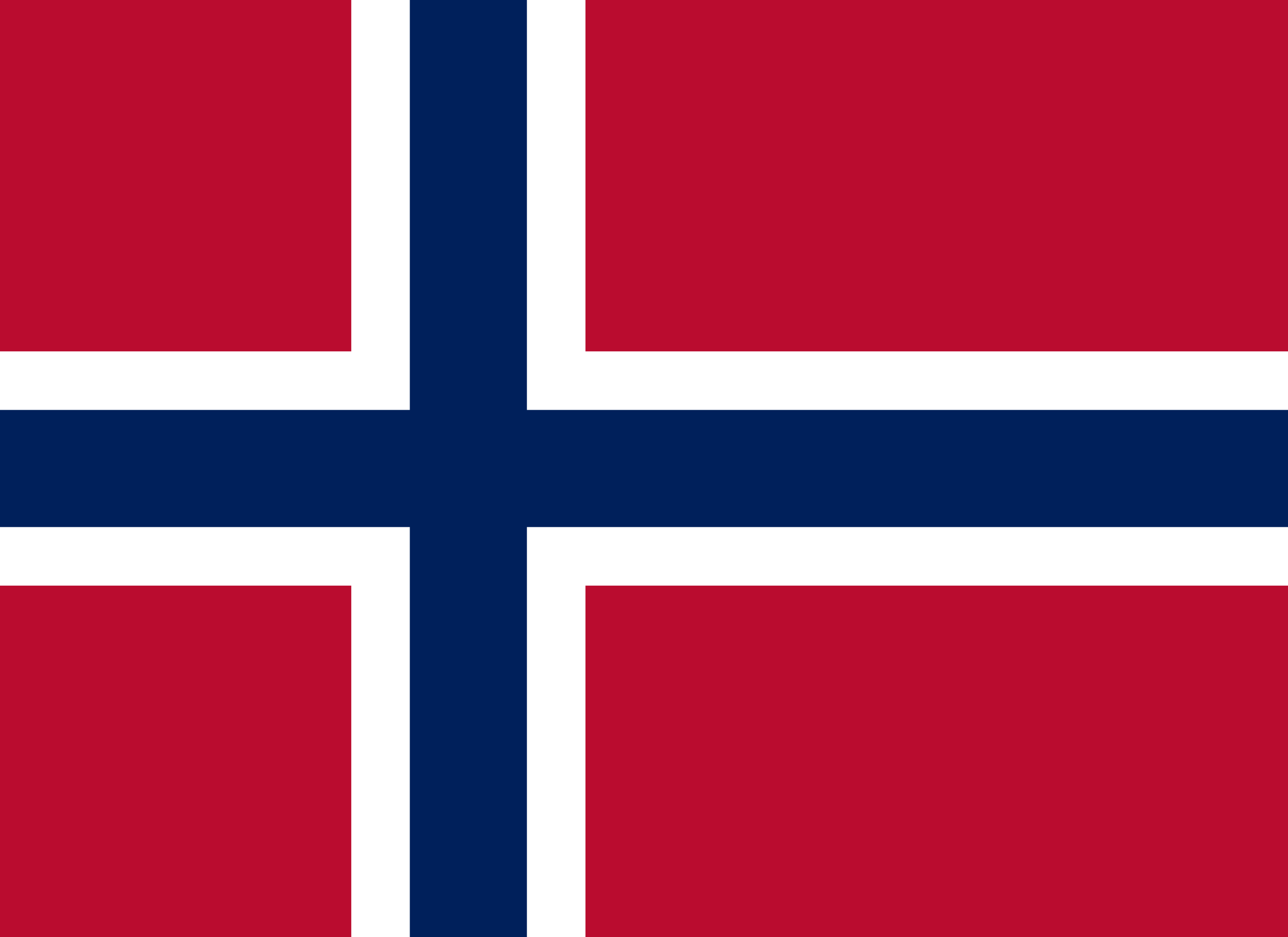
Seaweed Aquaculture
We are algae growers and we use our technology, know-how and experience to capitalize on seaweed business opportunities around the world.
We at Austevoll Sea Organic AS have an area of a size that covers 15.3 acres. With a license to grow four different species of macroalgae and cultivation up to 700 tons a year.
In partnershrip with:

Hortimare is our reliable, sustainable and long term oriented supplier of high quality starting material.
Successful Harvest 2024
Growth has exceeded our expectations
Austevoll Sea Organic AS is excited to announce the successful harvest of our inaugural seaweed cultivation trial. We are thrilled to report that the growth has exceeded our expectations, showing exceptional results. This milestone achievement was made possible through our collaboration with Hortimare, our trusted partner providing us with high-quality starting material. During this trial, we experimented with different depths and locations, tailoring our approach to optimize growth conditions.
Our team is currently compiling a detailed report on the trial, which will help guide our future cultivation strategies. This initiative is a significant step forward in our mission to harness the potential of seaweed as a sustainable biomass source, contributing to global sustainability efforts and innovative uses in various industries.
Stay tuned for more updates as we continue. Thank you for your continued support and interest.

No. 1
Tangleweed
Tangle weed is rich on vitamins and minerals, as for example selenium and iodine. This seaweed can me grinded into powder and be used in animal food, in addition alginate can be extracted.

No. 2
Dabberlocks
Was earlier used in fertilizer, food for house animals and for food for human. This seaweed is tastefull and can also be used in for example soups, stus,and bread and deserts. It can also be used in health suplements becuause of it high levels of iodine, minerals and vitamins.
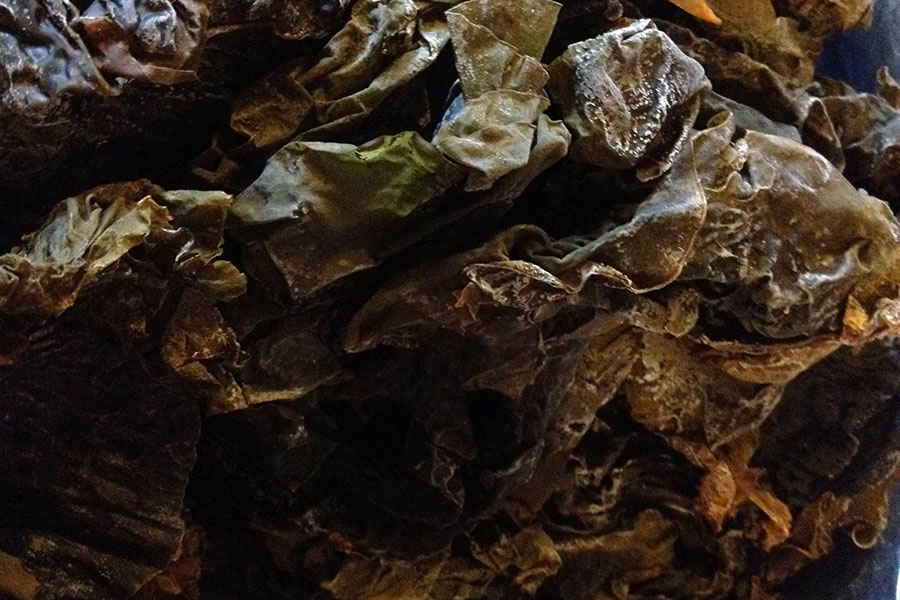
No. 3
Sugar Kelp
In France and ireland they use sugar kelp in cooking as spices and salads. It is also grown for usage in bioetanol and biogas

No. 4
Cuvie
Alginates can be extracted from L. hyperborea. In France, Ireland, Scotland and Norway, stipes cast up on beaches are collected for this purpose and in Norway some kelp is harvested by trawling. Because of its ability to absorb and retain water, L. hyperborea has been used in wound dressings to prevent adhesions.
Seaweed contents
Seaweed contains a number of minerals, vitamins, antioxidants and other bioactive substances that can have positive effects on meat quality. Seaweed also has a high content of organic iodine and can therefore be an effective method for increasing the content of iodine in meat products.

Sustainable food production
The need for sustainable food production and measures against climate change has in recent years led to increased interest in growing kelp and other macroalgae. The algae have chemical properties that allow them to be used as raw material in everything from food and feed to packaging. In addition, they bind CO2 as they grow.
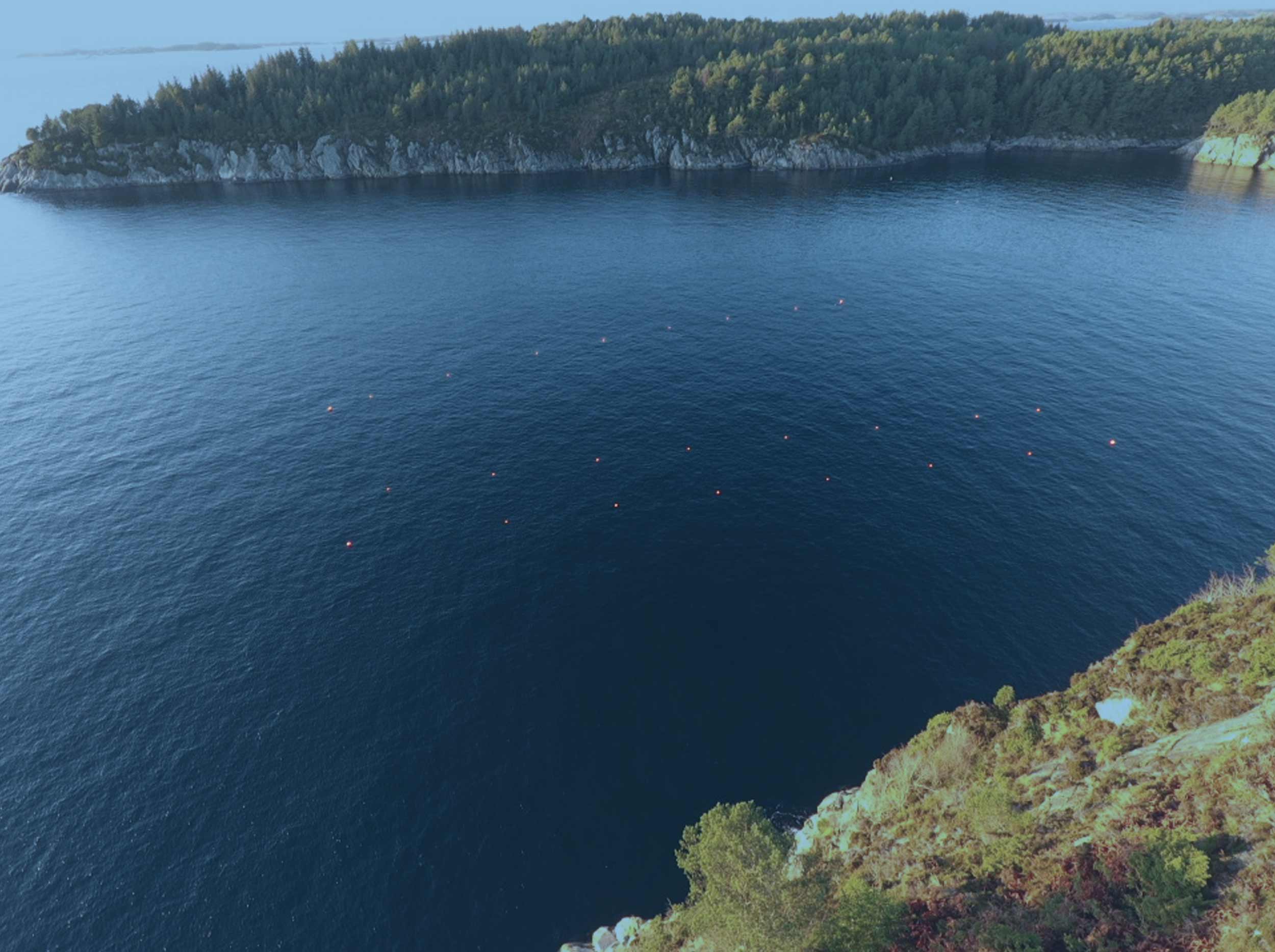
A sustainable source of biomass
Seaweed grows faster than any land plant, does not require fresh water or pesticides, and does not create a conflict of interest in land use and food supply.

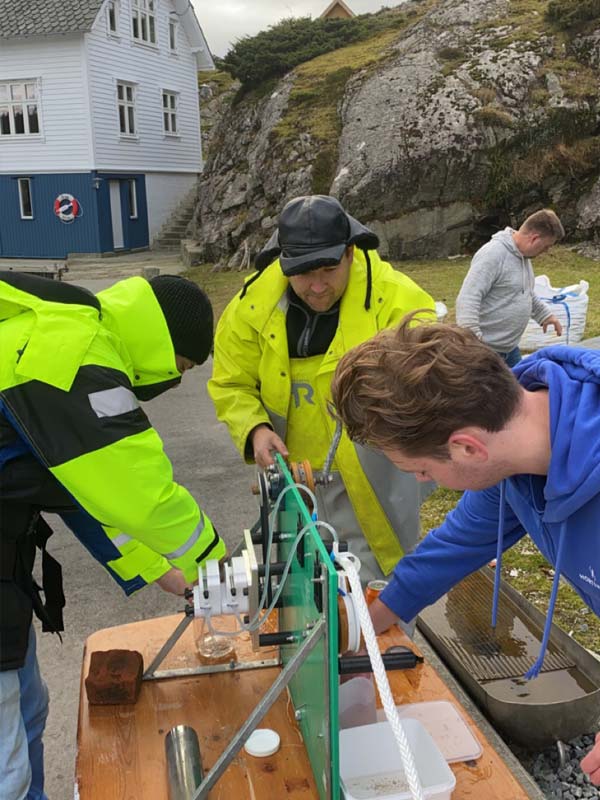

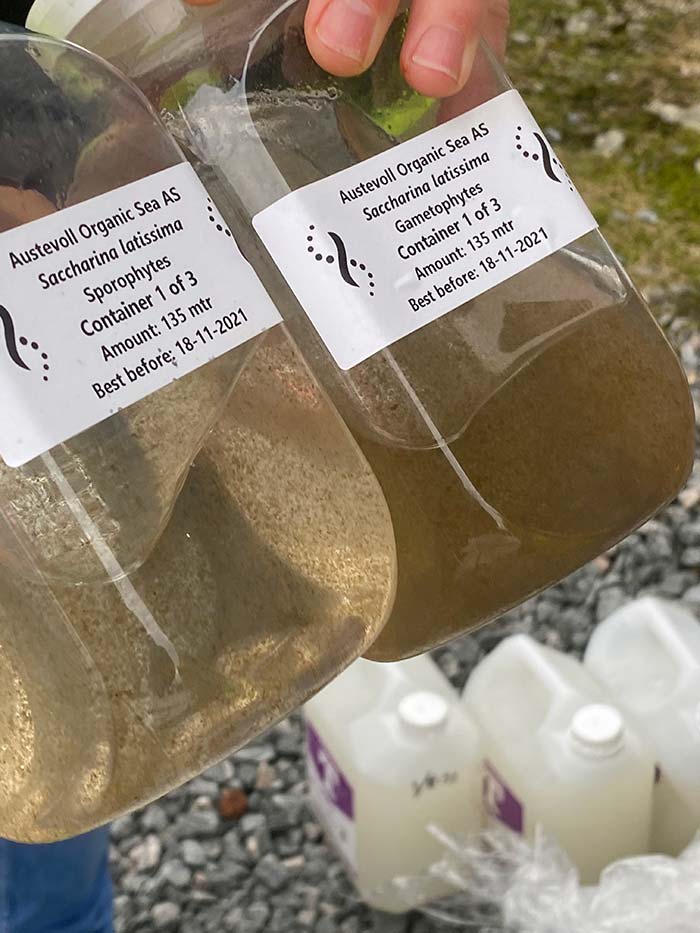




Valuable Metrics
Some general information on seaweeds
Seaweed farming or kelp farming is the practice of cultivating and harvesting seaweed. In its simplest form, it consists of the management of naturally found batches. In its most advanced form, it consists of fully controlling the life cycle of the algae.
51.3% Of global mariculture production
31.8 million tons Globally produced in 2018
10–30% Protein in dry-matter of seaweeds
1–5% Lipid portion in dry-matter of seaweeds
